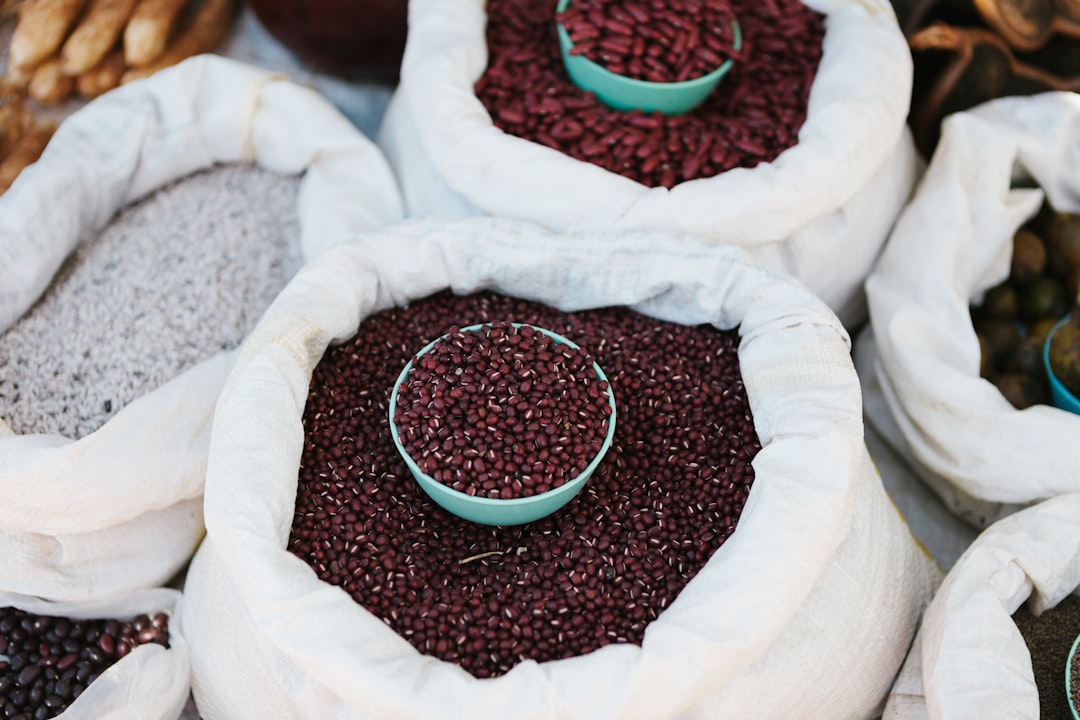What is it about?
This review examines the effects of heating and thermal processing on plant-derived foods and herbal medicines. The authors discuss changes in phytochemicals, bioactivities, and possible therapeutic potentials resulting from different forms of cooking or heat treatment for various plants such as garlic, coffee beans etc., as well as traditional herbal remedies like Panax ginseng root or Angelica sinensis Radix. Learn how heating affects the nutrients, health benefits, and medical uses of foods and herbs.
Featured Image

Photo by Conscious Design on Unsplash
Why is it important?
The practical implication of this review is that heating and thermal processing can have a significant impact on the nutrients, health benefits and potential medicinal uses of plant-based foods. Phytochemicals are responsible for providing the unique colors, flavors and health benefits of different plants, and cooking can either enhance or diminish these properties. By understanding how cooking affects the phytochemicals in various plants, we can optimize our diets for better nutrition and potentially discover new therapeutic properties in certain herbs through heat treatment. From improving our wellbeing to unearthing creative culinary options, exploring the impact of cooking on plant-based foods can unlock a plethora of benefits.
Read the Original
This page is a summary of: The influences of thermal processing on phytochemicals and possible routes to the discovery of new phytochemical conjugates, Critical Reviews in Food Science and Nutrition, May 2018, Taylor & Francis,
DOI: 10.1080/10408398.2018.1479681.
You can read the full text:
Contributors
The following have contributed to this page










